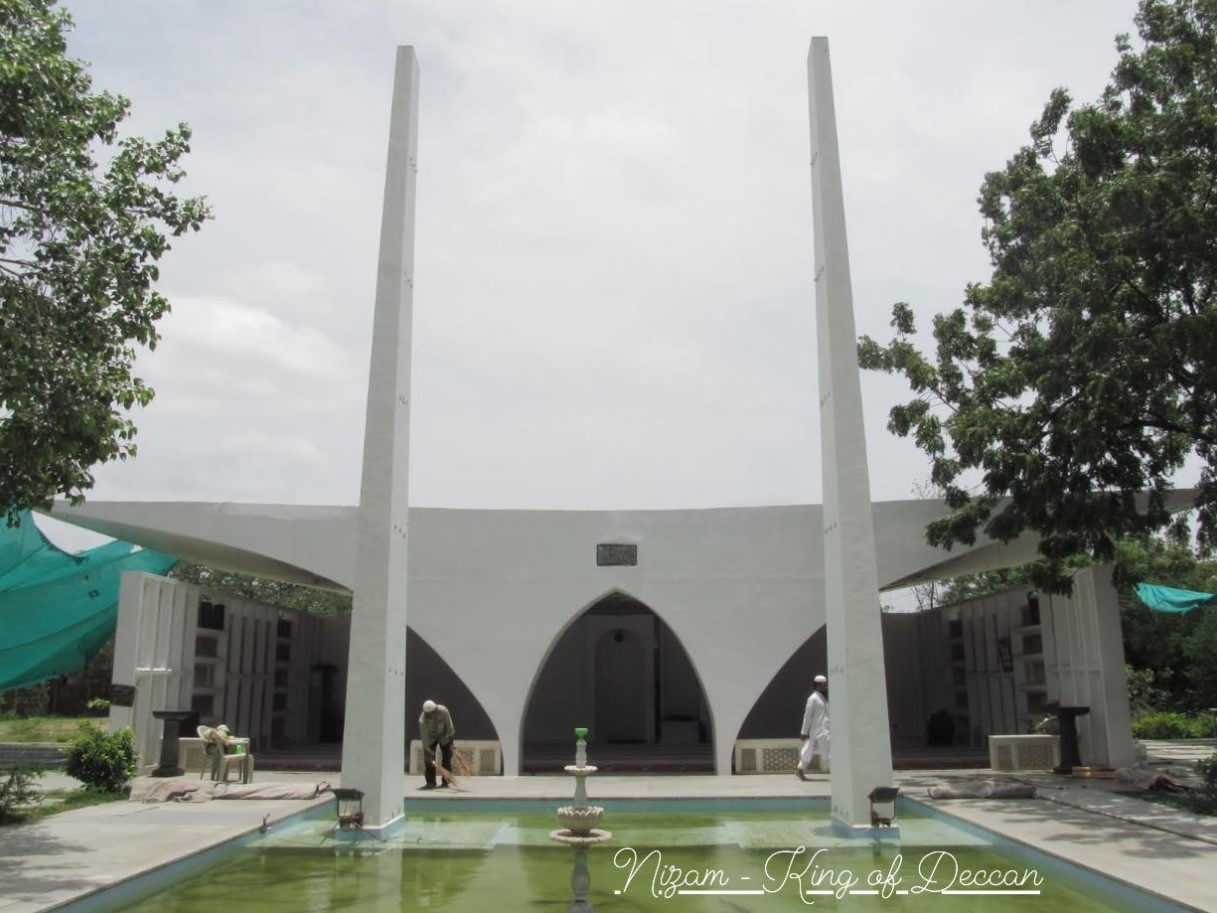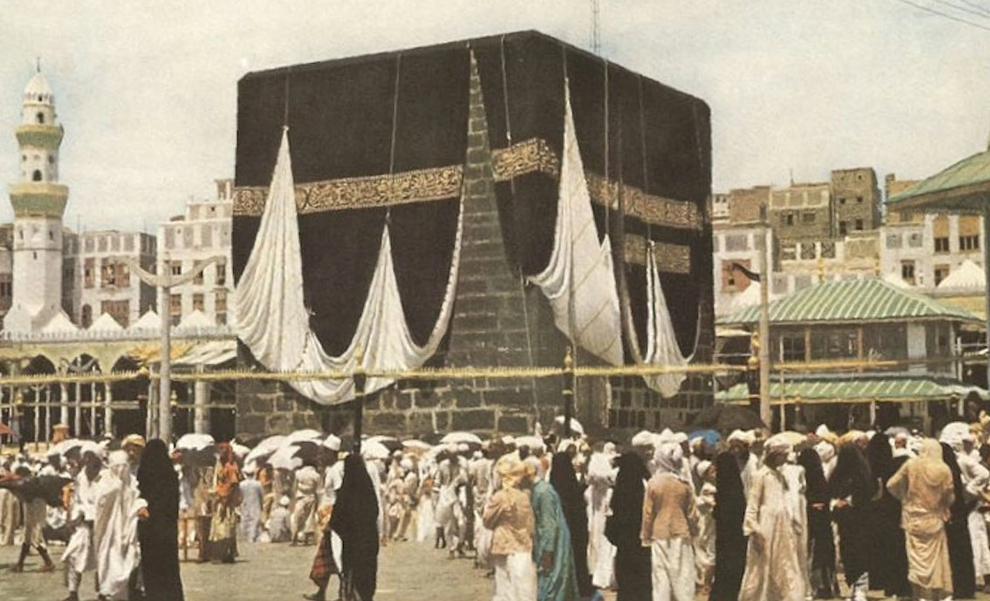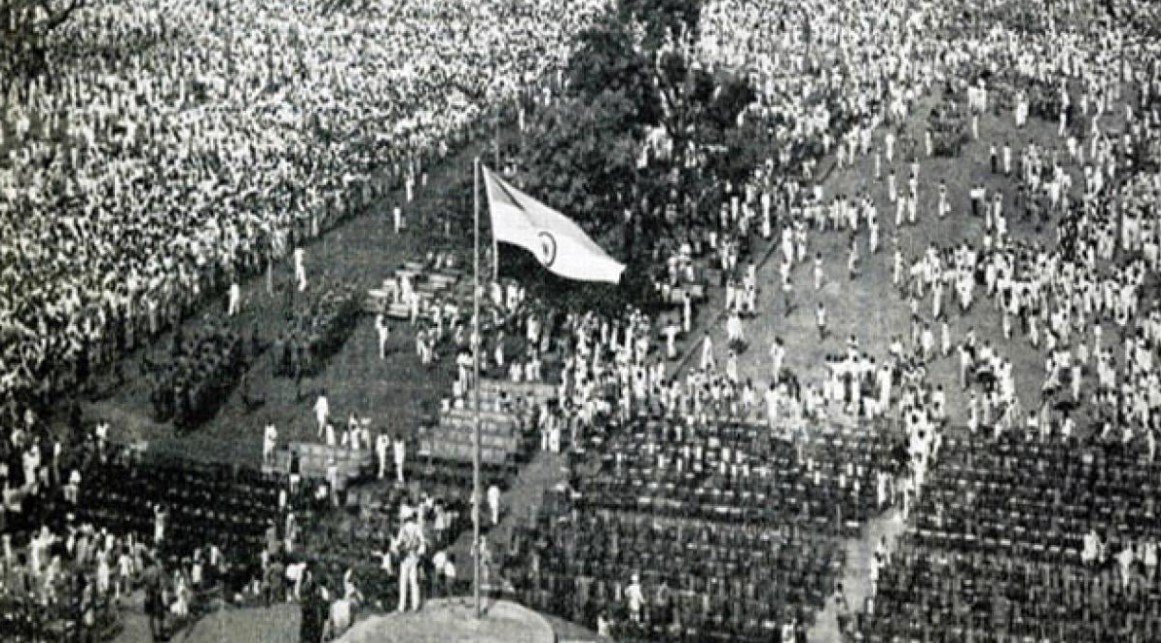In the heart of the Kasu Brahmananda Reddy National Park, Hyderabad, lies the remarkable Masjid Chiran Palace, a place of worship that defies tradition with its modern architectural design. This journalistic report takes you through the distinctive features and the serene ambiance of this exceptional place of prayer.
Nature’s Embrace: The Masjid Chiran Palace is ensconced within the lush confines of the Kasu Brahmananda Reddy National Park. The atmosphere here is imbued with a prayerful serenity, complemented by the continuous calls of peacocks, their harsh tones appealing for rain. The earthy aroma of recent rainfall pervades the air, creating a tranquil connection with nature.

A Break from Tradition: What sets this mosque apart is its unconventional design. The visionary behind this unique architecture was Mukarram Jah, the grandson of the seventh Nizam, who was determined to break away from traditional norms, especially in terms of design.
The Tamba Masjid: The mosque earned the moniker “Tamba Masjid” due to the source of funds for its construction: the sale of brass utensils from the King Koti palace. Although it’s known as the Tamba Masjid, it bears no trace of metal in its construction.

Modern Meets Tradition: In 2012, this remarkable mosque earned the prestigious Intach award, thanks to the bold and innovative architectural approach it embraces. Eric Marrott, a prominent architect of his generation, brought Mukarram Jah’s vision to life. He managed to create a structure that seamlessly blends modern construction methods and materials with the fundamental tenets of Islamic architecture.
Unique Architectural Features: The mosque presents an impression of a roof suspended without visible support, a testament to the innovative architectural approach. The sidewalls are adorned with intricately carved marble screens known as jalis, which serve the dual purpose of allowing ventilation and natural light. These screens are adorned with geometric designs that resemble blossoming flowers.

A Tranquil Oasis: A fountain graces the mosque’s entrance, perhaps once used for ablutions. The water within has taken on a green hue, and it teems with an abundance of fish. The end of the fountain features two graceful structures, evocative of minarets, from which water used to gently cascade, creating a tinkling soundscape.
Serene Surroundings: The interior of the mosque is equally stunning, with interlacing beams that form a unique and beautiful pattern. Even now, one can observe that the roof seemingly defies gravity, resting on arches at the ground level, both at the front and rear.

Symbolism in Every Step: A series of five steps lead to the primary prayer hall, symbolizing the number of daily namaz (prayers) performed by devout Muslims. These steps are adorned with large pots filled with water, where lotuses bloom. Additionally, a rectangular marble cistern, intricately carved both inside and outside, adds to the aesthetic appeal.
Nature’s Symphony: Surrounded by flowering shrubs, towering peepul, and neem trees, the mosque offers a serene soundscape. The rustling leaves and glistening new peepul leaves contribute to the peaceful and contemplative atmosphere.
In the scorching Hyderabad summer, this unique mosque provides a serene oasis where visitors can seek respite and prayer amidst nature’s embrace. Its architectural and natural wonders create an ambiance that is truly one of a kind.
Source: Nizam – King of Deccan





